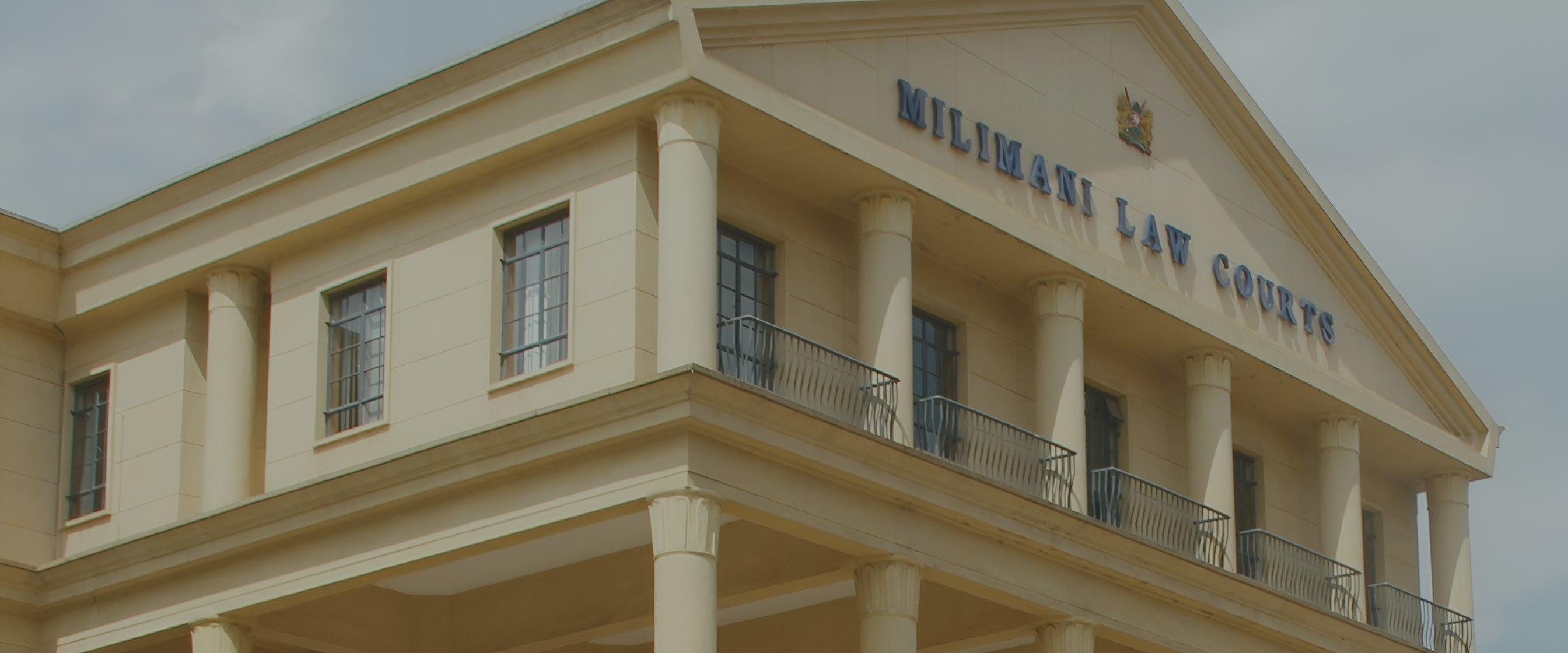Court halts move to abolish hardship allowances for teachers and civil servants

Commission (PSC), the Office of the Prime Cabinet Secretary, and the Attorney-General. The petition is rooted in the 2019 “Inter-Agency Technical Committee Report on Hardship Area Reclassification,” which Prime Cabinet Secretary Musalia Mudavadi tabled in Parliament in March this year.
The Employment and Labour Relations Court has suspended the move to scrap or cut hardship allowances for teachers and other public officers, halting the implementation of a government-backed report that proposed changes to hardship zones.
Justice Hellen Wasilwa issued conservatory orders against the Teachers Service Commission (TSC), the Salaries and Remuneration Commission (SRC), the Public Service Commission (PSC), the Office of the Prime Cabinet Secretary, and the Attorney-General.
The petition is rooted in the 2019 “Inter-Agency Technical Committee Report on Hardship Area Reclassification,” which Prime Cabinet Secretary Musalia Mudavadi tabled in Parliament in March this year.
The report recommends the review and reclassification of hardship areas, a move that could see several regions degazetted, leaving many teachers and civil servants without the allowance.
“Pending the hearing and determination of the petition, this court issues a temporary injunction and/or conservatory order restraining the respondents ... from enforcing or acting upon the said report or any decisions emanating therefrom, including the cancellation and degazettement of hardship areas or reduction of ... allowances payable to teachers and other public officers,” Justice Wasilwa ruled.
The contested report seeks to cut hardship allowances and abolish some categories altogether, with more than 50 zones proposed for degazettement.
While tabling the report in Parliament, Mudavadi explained that hardship designation should apply only to areas that are remote and characterised by limited food supply, weak infrastructure, insecurity, and poor access to basic services. The Kenya National Bureau of Statistics (KNBS) developed seven parameters for the review: food, water, transport and communication, social services, climate and terrain, security, and poverty index.
The hardship allowance was first introduced in 1969 as an incentive for civil servants posted to difficult regions. Currently, categorisation varies across institutions: “The civil service uses the former district boundaries while the TSC uses educational zones for categorisation,” Mudavadi told lawmakers. At present, the civil service, county governments, and state corporations recognise 16 hardship areas, the TSC has 44, while the Judiciary designates 21.
Teachers working in affected regions have formed the Kenya Teachers in Hardship and Arid Areas Welfare Association, which has strongly opposed any attempt to scrap or reduce the allowance.
